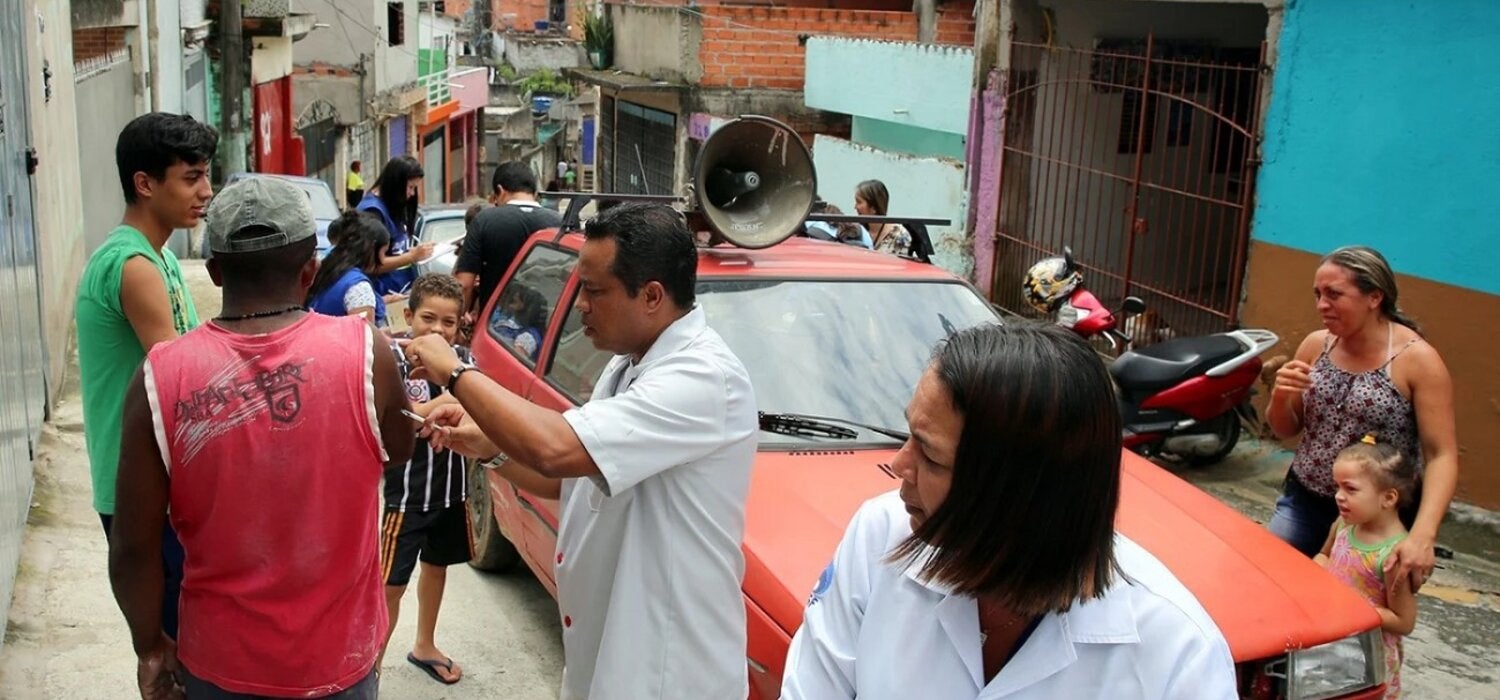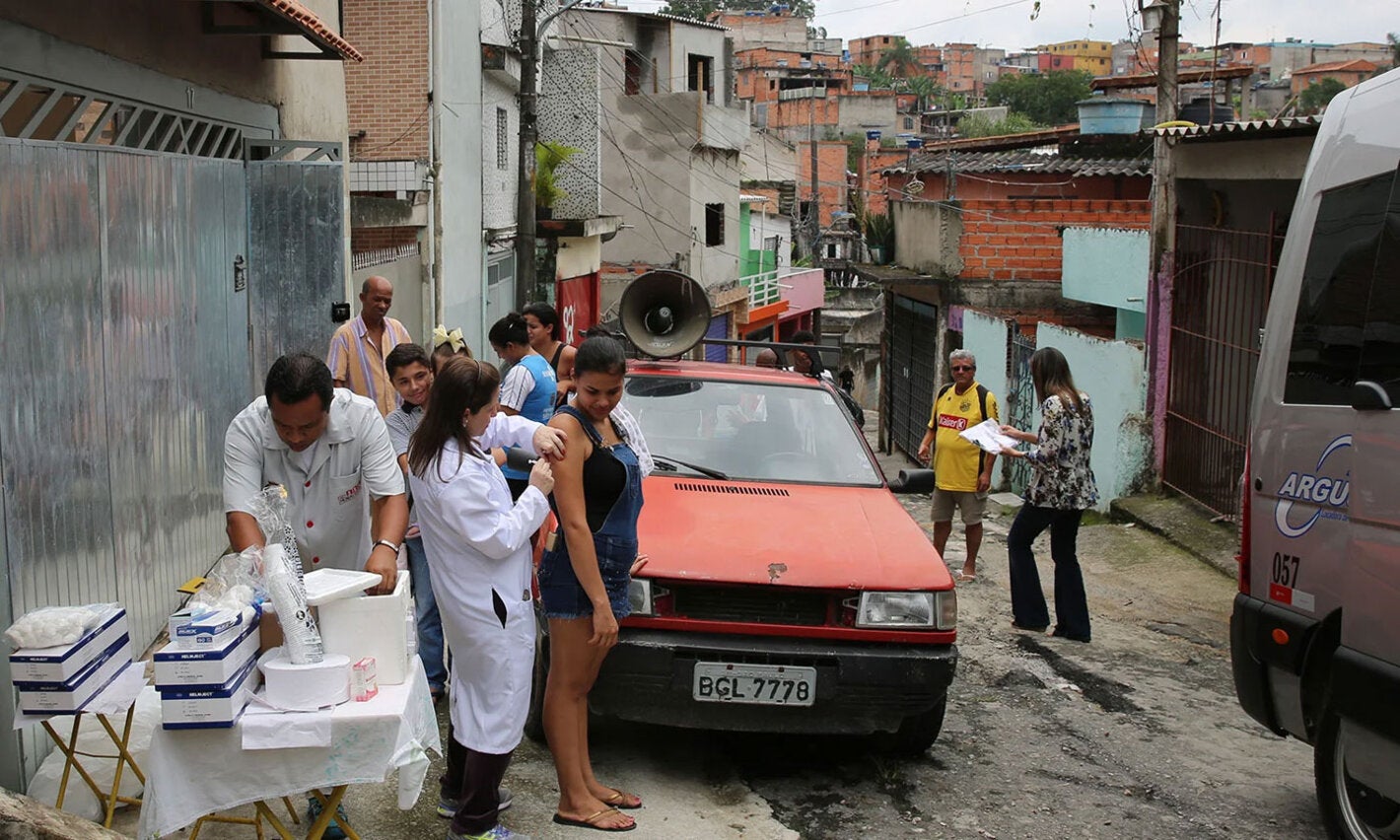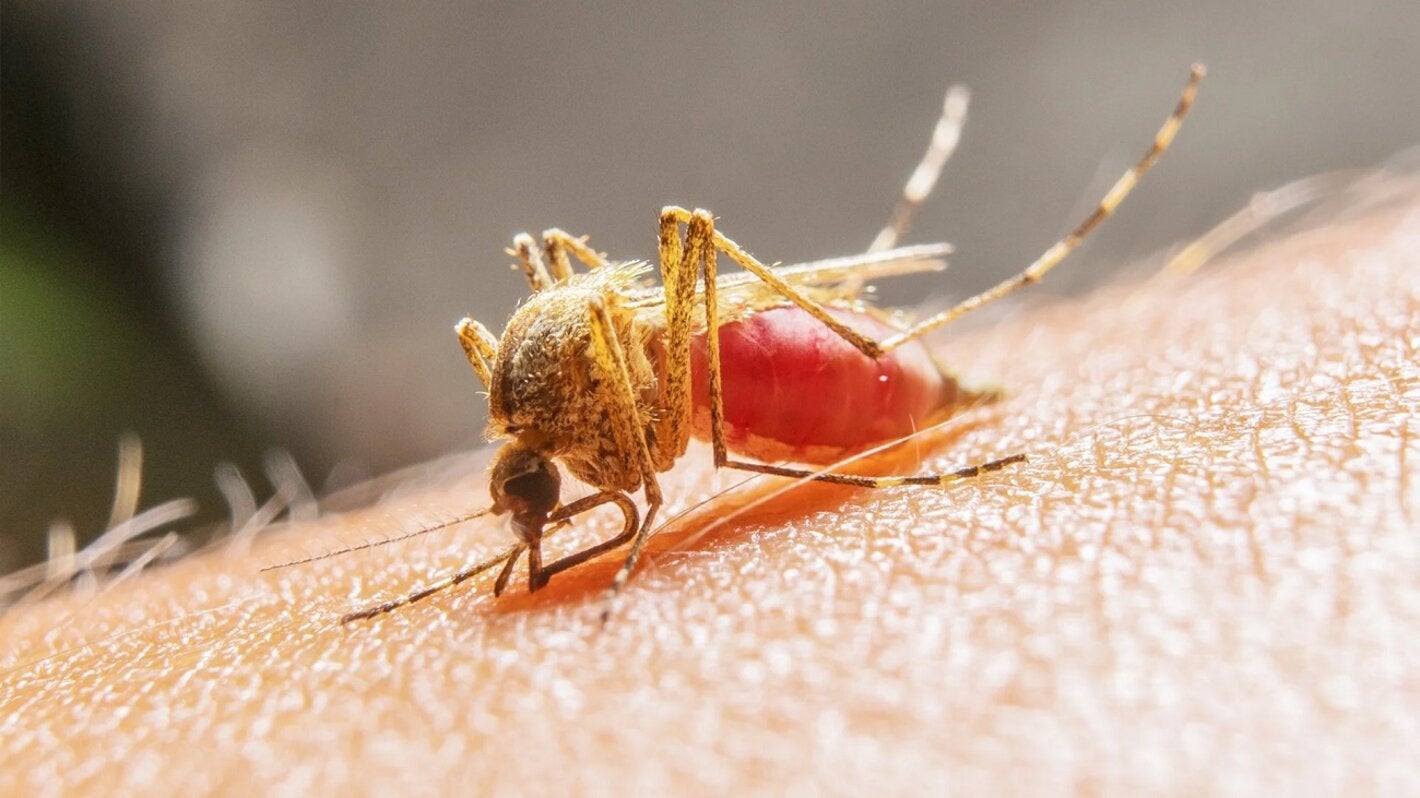May 2022
When Cuban physician Carlos Finlay suggested in 1881 that the mosquito was the vector through which yellow fever was transmitted, he did not imagine that this ancient disease had its natural reservoir in monkeys.
The importance of controlling and preventing the spread of yellow fever from one country to another was the driving force behind the creation in 1902 of what would later become the Pan American Health Organization (PAHO). More than a century later, yellow fever continues to generate epidemics and spread throughout the region and the world.
In 1932, the American physician Fred Soper, who would become director of PAHO in 1947, indicated for the first time that this virus has its jungle reservoir in monkeys, so its eradication was not a possibility. However, since 1937 there has been an effective vaccine to protect people at risk and prevent its spread.
Since 1970, yellow fever has re-emerged as a public health threat in the Americas. The disease is endemic in territories and regions of 13 countries in Central and South America, causing outbreaks and deaths.





